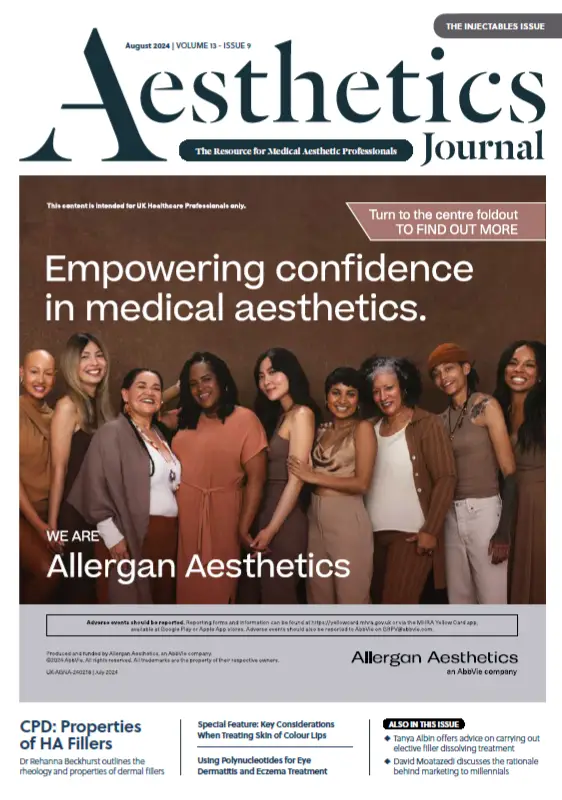Aesthetic nurse Emma Coleman describes her method for treating thin and ageing lips in 40 to 50-year-old women
To access this post, you must purchase Aesthetics Journal Membership – Annual Elite Membership, Aesthetics Journal Membership – Annual Enhanced Membership or Aesthetics Journal Membership – Basic Membership.









